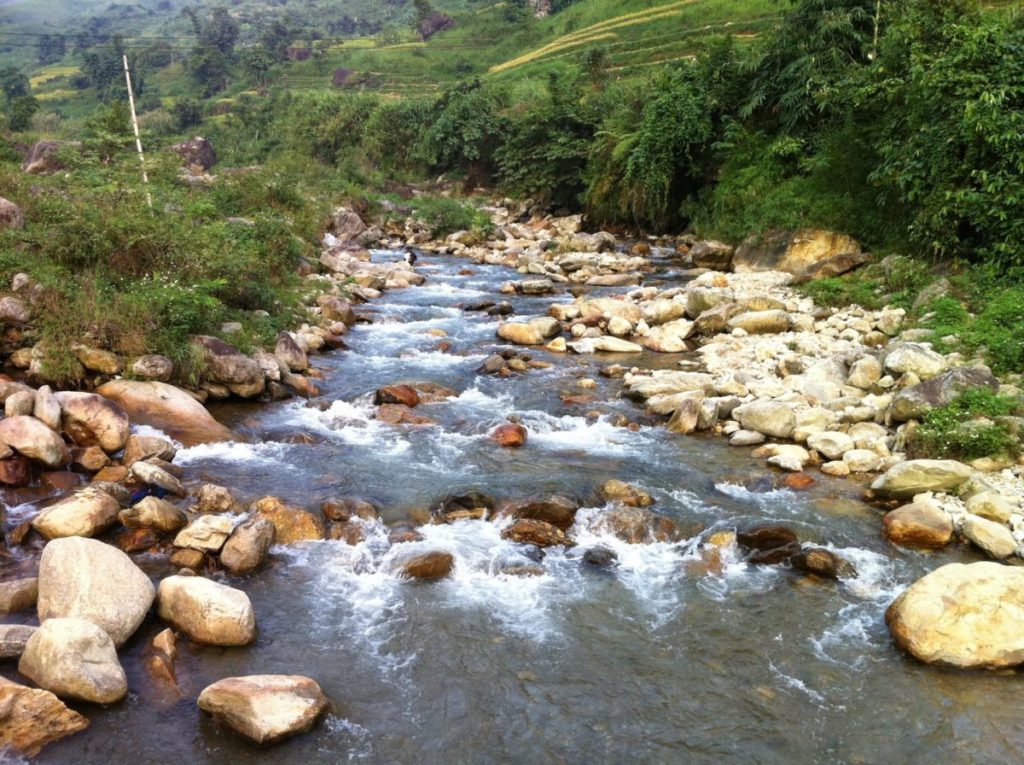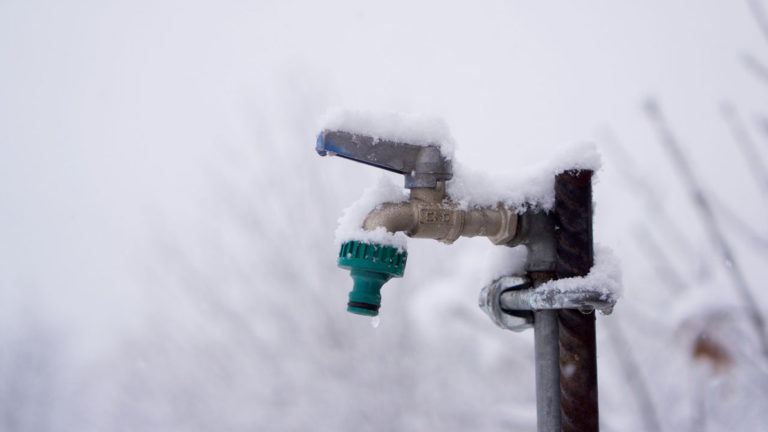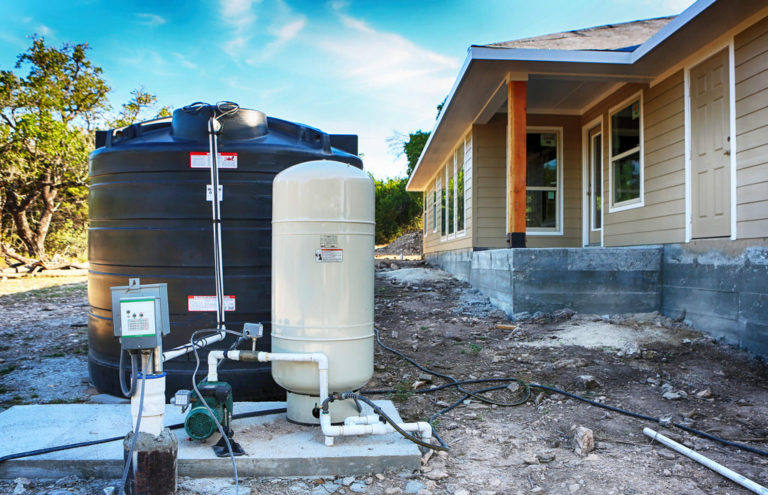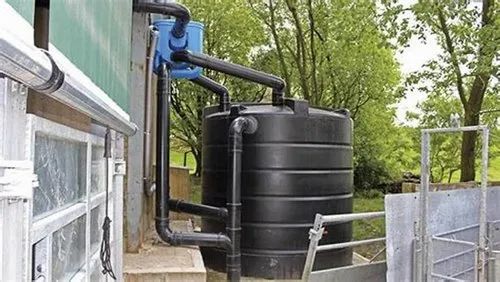The use of creek and river water is a critical aspect of many industrial, agricultural, and municipal activities.
However, the legality and regulatory considerations surrounding these uses are complex and vary greatly depending on jurisdiction and specific circumstances.
We will explore the legal and regulatory considerations for creek and river water usage, including relevant laws, regulations, and court cases that shape the framework for these uses.
We will examine how different types of water uses, such as irrigation, mining, and hydroelectric power generation, are subject to varying degrees of scrutiny and oversight, and discuss best practices for ensuring compliance with legal and regulatory requirements.
Water rights
The use of creek and river water is governed by water rights, which are legal rights granted to individuals or entities to use water for specific purposes. Water rights are typically issued by state or federal authorities, and they can be transferred, sold, or leased.
These rights are typically issued by state or federal authorities, and they can be transferred, sold, or leased, providing a degree of flexibility in the management of water resources.
The specific purpose for which water rights are granted can vary, and may include irrigation, industrial use, municipal supply, or other purposes.
In order to secure water rights, individuals or entities must apply to the relevant authorities and demonstrate a legitimate use for the water.
This may involve providing information about the proposed use, the amount of water required, and the location of the water source.
Once granted, water rights are enforceable in the same manner as any other property right, and can be used as collateral for loans or other financial arrangements.
Water rights can be transferred, sold, or leased, allowing individuals or entities to trade their rights to use water.
This can be particularly useful in regions where water is scarce, or where changes in land use or other factors have altered the demand for water.
The transfer of water rights can also provide a means of resolving conflicts over water use, by allowing parties to settle disputes through the transfer of rights rather than through litigation.
Overall, the system of water rights provides a framework for the management of creek and river water, and allows individuals and entities to secure the water they need for their intended purposes.
By governing the use of water in this manner, water rights help to ensure that this vital resource is used efficiently and sustainably, for the benefit of all.
Permits and licenses
Depending on the type and amount of water being used, individuals or entities may need to obtain permits or licenses from regulatory agencies before engaging in creek or river water usage. These permits or licenses may be required for activities such as dam construction, water diversion, or water pollution discharge.
Before engaging in any activities that involve the use of creek or river water, individuals or entities must ensure they obtain the necessary permits or licenses from regulatory agencies.
This is because the type and amount of water being used can have significant impacts on the environment and the communities that rely on these waterways.
For instance, dam construction or water diversion can disrupt the natural flow of the water, affecting the habitat of fish and other aquatic life, while water pollution discharge can contaminate the water and pose a risk to human health.
To mitigate these risks, regulatory agencies require individuals or entities to obtain permits or licenses before engaging in such activities.
These permits or licenses specify the terms and conditions under which the water can be used, such as the amount of water that can be extracted, the timing and location of the activities, and the measures that must be taken to prevent water pollution.
It is essential to comply with these requirements to avoid legal and environmental consequences.
Public trust doctrine
In many jurisdictions, the public trust doctrine holds that water resources are held in trust for the public and must be managed for the benefit of current and future generations. This means that the use of creek and river water must be consistent with the public trust doctrine and must not harm the public’s interest in the water resource.
In numerous legal systems, the public trust doctrine holds that water resources are held in trust for the public and must be managed for the benefit of current and future generations.
This powerful principle mandates that the use of creek and river water must be consistent with the public trust doctrine and must not harm the public’s interest in the water resource.
To implement this doctrine effectively, governments and regulatory bodies must take a proactive and multi-faceted approach to managing water resources.
This includes monitoring water quality and quantity, regulating water usage, and ensuring that water resources are protected from degradation and pollution.
Furthermore, decision-makers must engage in ongoing dialogue with the public, water users, and other stakeholders to ensure that water resources are managed in a manner that balances competing interests and priorities.
The public trust doctrine places a heavy responsibility on decision-makers to prioritize the long-term health and sustainability of water resources over short-term gains or special interests.
This means adopting management practices that prioritize water conservation, protect water quality, and promote sustainable and equitable access to water resources for current and future generations.
By upholding the public trust doctrine, communities can ensure that their water resources are managed for the benefit of all, rather than for the sole benefit of a select few.
Water quality standards
Regulatory agencies may establish water quality standards to protect the health and safety of people and the environment. These standards may regulate the amount of pollutants that can be discharged into creeks and rivers, and they may require monitoring and reporting of water quality.
Regulatory agencies play a important role in ensuring the health and safety of our waterways by establishing water quality standards.
These standards set limits on the amount of pollutants that can be discharged into creeks and rivers, thereby protecting the aquatic ecosystems and the people who rely on these waterways.
To ensure compliance with these standards, regulatory agencies may require monitoring and reporting of water quality data.
This includes regular testing of water samples for various parameters such as pH, dissolved oxygen levels, and the presence of pollutants like heavy metals or organic compounds.
The data collected from these monitoring efforts is used to track changes in water quality over time and to identify areas where pollution control measures may be needed.
By enforcing water quality standards and monitoring waterways, regulatory agencies help to protect the health and safety of both the environment and the people who depend on these waterways.
Water allocation
Creek and river water may be allocated among different users based on factors such as historical use, water need, and environmental considerations. Water allocation may be determined through negotiation, arbitration, or litigation.
Water allocation in creeks and rivers is a critical issue that requires careful consideration of various factors to ensure that the distribution of this valuable resource is fair and sustainable.
In many cases, water allocation may be based on historical use, taking into account the long-standing water rights of existing users such as farmers, ranchers, and industrial operations.
However, water need is also an important consideration, as certain users may require more water to meet their operational demands.
Environmental considerations must be taken into account, as the health of the creek or river ecosystem is critical to the overall well-being of the community that relies on it.
To determine water allocation, different methods can be employed, such as negotiation among stakeholders, arbitration by an impartial third party, or litigation in court.
Negotiation may be the most effective method, as it allows parties to come together and find mutually beneficial solutions.
However, if negotiations fail, arbitration or litigation may be necessary to resolve disputes and ensure that water is allocated fairly and sustainably.
Overall, water allocation in creeks and rivers is a complex issue that requires careful consideration of various factors.
By taking a holistic approach that considers historical use, water need, and environmental considerations, communities can ensure that this valuable resource is allocated fairly and sustainably for the benefit of all stakeholders.
Endangered species protection
Creatures such as fish, frogs, and other aquatic organisms may be protected by law, and the use of creek and river water may be subject to restrictions to protect these species and their habitats.
Protecting aquatic species and their habitats is a top priority for many jurisdictions, and creatures such as fish, frogs, and other aquatic organisms are often protected by law.
For instance, the Endangered Species Act in the United States provides legal protections for endangered and threatened species, including those that inhabit creeks and rivers.
These protections can include restrictions on the use of creek and river water to ensure that these species and their habitats are not harmed.
For example, certain activities such as damming, dredging, or discharging pollutants into these waterways may be prohibited or subject to strict regulations.
Some jurisdictions may establish designated habitats or no-take zones where certain activities are prohibited altogether to protect these sensitive ecosystems.
By taking a proactive approach to protecting aquatic species and their habitats, we can help ensure the long-term health and survival of these important ecosystems.
Waste discharge regulations
Discharges of pollutants into creeks and rivers may be regulated through permits or other regulatory mechanisms. These regulations may require treatment of wastewater before discharge or may prohibit certain types of discharges altogether.
Permits and other regulatory mechanisms are essential tools for managing the discharge of pollutants into creeks and rivers.
These regulations can require the treatment of wastewater before discharge, or in some cases, may prohibit certain types of discharges altogether.
For instance, the Clean Water Act in the United States regulates the discharge of pollutants into navigable waters, including creeks and rivers.
Under this act, the Environmental Protection Agency (EPA) sets standards for water quality and issues permits to facilities that discharge pollutants into these waters.
These permits often require the use of best management practices (BMPs) to reduce the amount of pollutants entering the waterway.
Some permits may prohibit certain types of discharges, such as those that are deemed to be harmful to aquatic life or human health.
By regulating the discharge of pollutants, these permits and regulatory mechanisms help to protect the quality of our creeks and rivers, ensuring that they remain healthy and safe for recreational and economic use.
Flood control management
Creaks and rivers may be subject to flood control regulations to protect people and property from flood damage. These regulations may dictate how water may be used during times of high water flow.
Flood control regulations are essential to protect people and property from the devastating effects of flooding.
These regulations may dictate how water can be used during times of high water flow, ensuring that the water is managed in a way that minimizes the risk of flood damage.
For example, creeks and rivers may be subject to restrictions on water use during periods of heavy rainfall or snowmelt, when the risk of flooding is highest.
These restrictions may include limitations on the amount of water that can be withdrawn from the river or creek, or restrictions on the types of activities that can be conducted near the waterway.
Flood control regulations may require property owners to install flood control measures, such as floodgates or levees, to protect their property from floodwaters.
By enforcing these regulations, communities can minimize the risk of flood damage and ensure the safety of people and property.
Want More? Dive Deeper Here!
Hey there! If you’re the type who loves going down the rabbit hole of information (like we do), you’re in the right spot. We’ve pulled together some cool reads and resources that dive a bit deeper into the stuff we chat about on our site. Whether you’re just killing time or super into the topic, these picks might just be what you’re looking for. Happy reading!
- 8 Legal and Regulatory Issues | Using Graywater and Stormwater to Enhance Local Water Supplies: An Assessment of Risks, Costs, and Benefits | The National Academies Press
- 10 Social, Legal, and Regulatory Issues and Opportunities | Water Reuse: Potential for Expanding the Nation’s Water Supply Through Reuse of Municipal Wastewater | The National Academies Press
- IIS Windows Server
- Welcome to SLS – Stanford Law School






